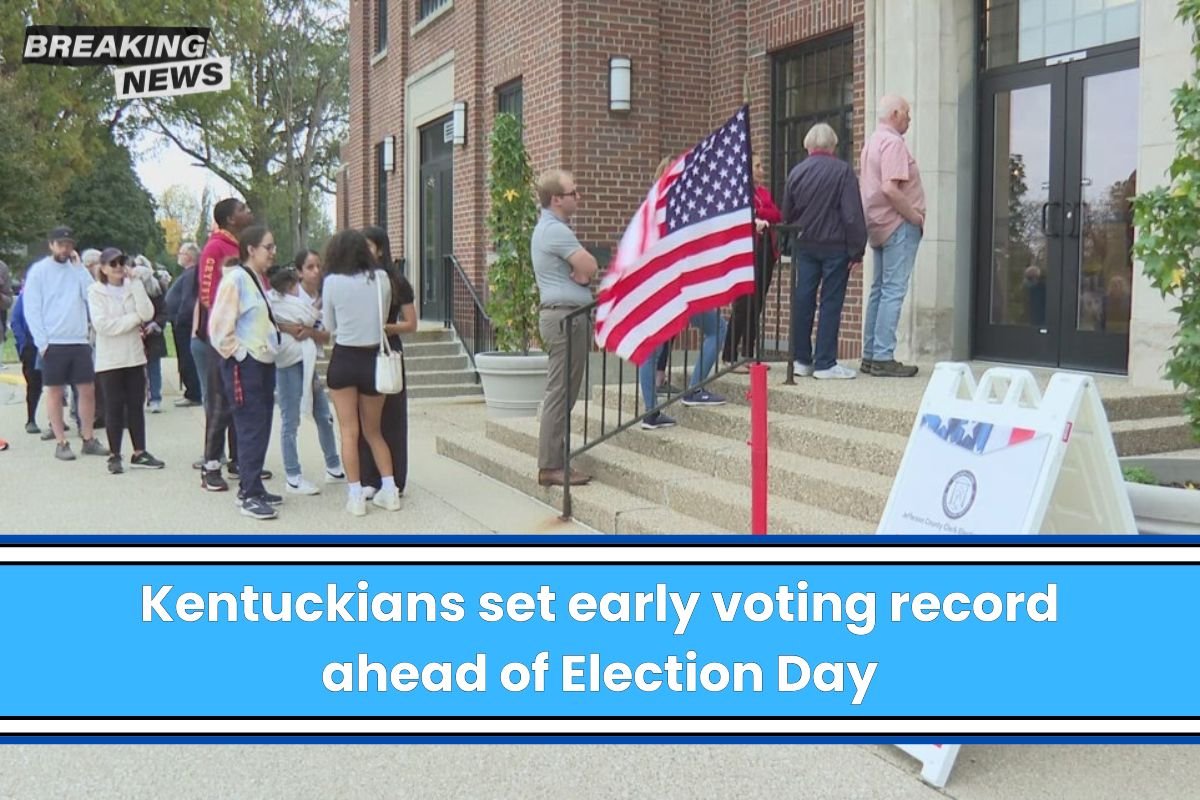During the pandemic, my group of four went to San Juan Oaks to calm down. We walked up the hills, even though they were steep, because we were bored and thinking about golf. We thought the less than $60 green fee made the 45-minute drive from the Bay Area worth it.
Wild boars would sometimes eat up fields, which made them easy to miss. The greens were good, and the course was both fun and hard. We have been looking forward to its return after renovations for the past two and a half years. The wait was worth it.
We loved most things about our first round back in October, even though the route didn’t change as much as we thought it would. The clean surroundings and great food in the clubhouse really made it stand out.
The owners of Troon Golf and the developers Third Millennium Partners are finally making San Juan Oaks live up to its huge promise.
The seven-hundred-yard course and updated clubhouse are the highlights of the brand-new Trilogy San Juan Oaks, which is Shea Homes’ sixth 55+ community in Northern California.
The homes will be between 1,507 and 2,579 square feet, have two to four bedrooms, and two to four bathrooms. They will cost $700,000 and up.
In the future, a second 20,000-square-foot community clubhouse will have a wellness and exercise center, pickleball courts, an indoor pool, and many other places for neighbors to get together and talk.
Thank goodness, San Juan Oaks has kept its lovely, natural setting. With help from Gene Bates, the lead planner who worked with Fred Couples on the original plan in 1996, San Juan Oaks now has 26 bunkers instead of 62, which makes it more fun for golfers of all ages and skill levels. Still, it’s pretty tough. The rolling hills give out some tough lies and shots. The view is so beautiful.
General Manager Manny Freitas said, “The goal of the renovation was to bring the golf course back to its original idea.” “When it was first built, Fred Couples wanted it to be a high-end championship course.” Things were set up so that it could be a secret club.
This new version has turned into a semi-private club with a much higher green fee for public play, from $125 during the week to $175 on the weekends. There is also a membership option that costs $1,000 to $4,000 a year and gives members access to a section of the clubhouse that is only for members and other benefits.
He also said, “You’ll have an experience like no other daily fee in northern California.” “I would put the course conditions up there with some of the best in California.”
The most interesting change to the golf course was that the nines were switched around. The better loop is the new front nine. On the fourth and eighth holes, which are both par 4, the tee shots go downhill, which is very exciting. Because a hotel is part of the long-term master plan, the split field on hole 5 was taken away.
The fact that the hardest and most debated hole is still there surprised us the most. For the par-5 sixth hole, you need to hit an accurate 210-yard uphill tee shot to set up a tricky second shot over a rough barranca to the other side’s narrow, diagonal fairway.
Some trees were cut down and the second landing area was made wider, but I’ve always thought it would be better as a short par 4. I might get my dream one day. For future use, Freitas said that a new tee built past the bridge over the barranca could be used in that way.
The exciting end of No. 9 comes with another difficult approach over a barranca. After cutting back the brush around this hole, I can see better than I could before.
At the turn, there is now a halfway house with a nice meal called “Slices.” Along with the towel service after the round, this update shows a stronger dedication to customer service.
The back nine is also very good, but it’s on flatter ground. Two risk-reward par 5s with water make it great for match play. On the 11th, you’ll find a stream that has been fixed up, and on the 18th, there’s a pond that creeps along the left side of the green.
All of the grass on the course was replaced. The tees and fairways now have perennial ryegrass, the greens have 007XL bentgrass, and the practice range has new Bermuda grass that doesn’t get damaged by dryness.
A new pump station and irrigation system should help keep the game conditions more consistent and cut down on overwatering. It’s dry and hot here, about 45 minutes inland from the Monterey Peninsula, so keeping the grass green all year will be hard.
To keep the wild boars away, more than seven miles of fence have been put up around the outside. Big brother Mark Freitas is now in charge of keeping the greens clean.
“I find the relationship interesting. Mandy said, “We both know that what we do here is important.”
With fresh salads and short rib grilled cheese sandwiches, our lunch on the patio at McCann’s went above and beyond what we had hoped for. I think 36 Degrees North, which is a specialty restaurant, will taste even better.
You could almost call San Juan Oaks a “public” version of CordeValle, a well-known former PGA Tour course in San Martin that’s only open to members or people staying at the hotel on-site. In the same way, hills without houses make for a peaceful, rural setting.
Traveling players have already been calling and stopping by Manny Freitas’ course because they’ve heard how good it is these days. My friends and I aren’t the only ones who are glad that San Juan Oaks is back and better than ever.














Leave a Reply